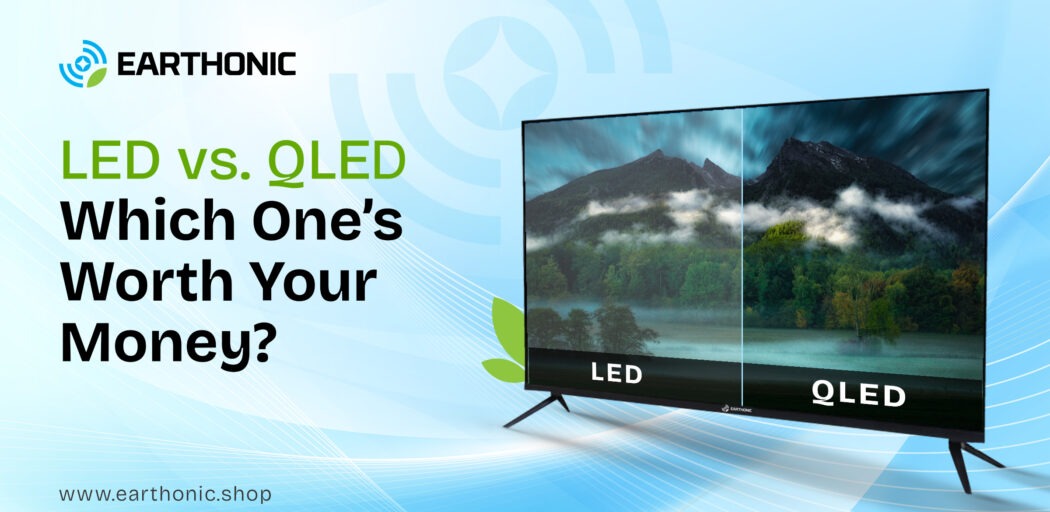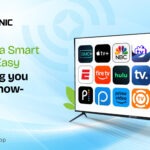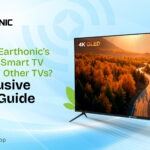In today’s world of dazzling displays and endless TV options, choosing the right screen can feel overwhelming. Among the most debated options are LED and QLED TVs, two technologies that sound similar but deliver different viewing experiences.
Whether you’re upgrading your home theater or buying your first smart TV, understanding the differences between QLED and LED TVs is essential to making a smart investment.
Hence, in this blog, we will break down what sets LED and QLED TVs apart and which one truly offers the best bang for your investment. So, before you hit the ‘Buy Now’ button, let’s dive into what really matters.
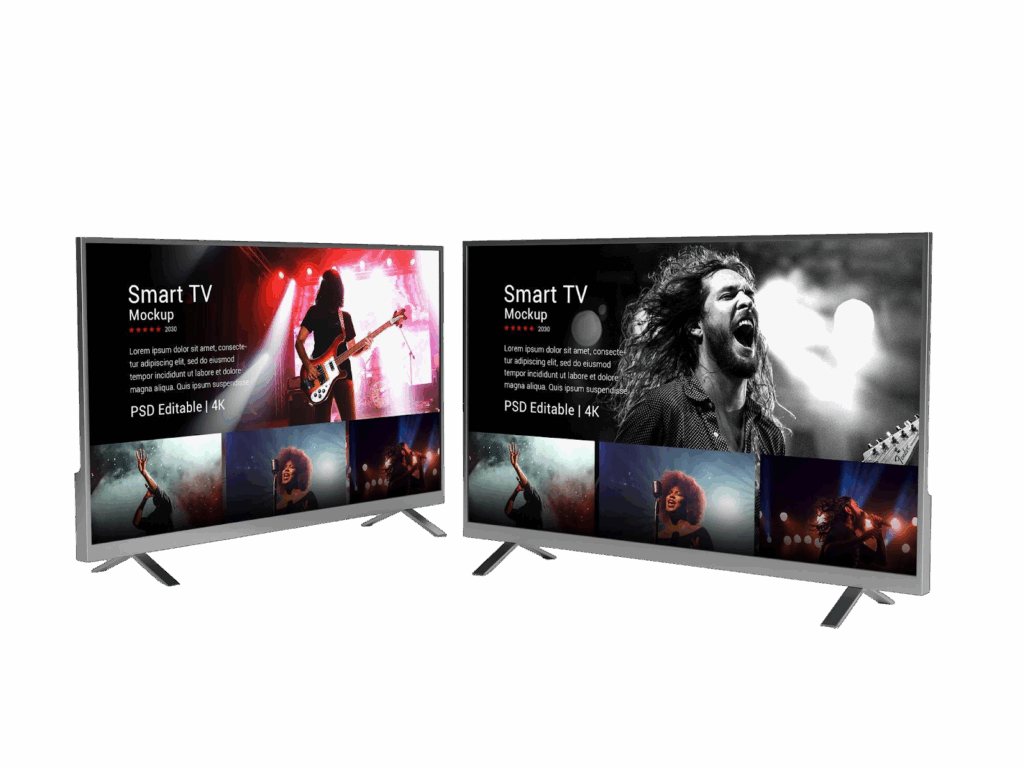
1. LED VS QLED: What’s The Difference?
LED (Light Emitting Diode)
LED TVs are a type of LCD (Liquid Crystal Display) screen with LED backlighting. To understand it more easily, think of an LED TV as a sandwich. The backlight is the bottom bread, the LCD layer is the filling, and the screen you see is the top slice. The backlight shines through the LCD layer to create images.
There are different versions of LED, such as:
Edge-lit LED: This version displays lights around the edges.
Full array LED: This version displays lights directly behind the screen.
Mini LED (high-end): Uses thousands of tiny LEDs for improved brightness, deeper contrast, and more precise backlight control.
QLED (Quantum Dot LED)
QLED is an advanced version of LED TV developed primarily by Samsung. It also uses LED backlighting but adds a layer of quantum dots, tiny semiconductor particles that enhance brightness and colour accuracy.
This technology allows QLED TVs to produce more vibrant colours, higher brightness levels, and better performance in well-lit environments compared to standard LED TVs.
2. Picture Quality: Who Wins?
Now that we’ve understood the basic differences between QLED and LED displays, let’s determine which display excels in picture quality.
(I) Black Levels and Contrast:
Black level refers to how deeply and darkly a TV can display black colors. Lower black levels mean better picture depth. Contrast is the difference between the darkest blacks and brightest whites on the screen.
QLED TVs perform better in black levels and contrast compared to standard LED TVs, thanks to their use of Quantum Dots, which enhance brightness and colour vibrancy.
LED TVs, meanwhile, rely on backlighting. This means that blacks are more like dark grays, particularly in edge-lit models, though full-array and Mini-LEDs do better.
For example, if you are watching the movie ‘The Batman’ (2022), you’ll feel the gritty atmosphere much more vividly.
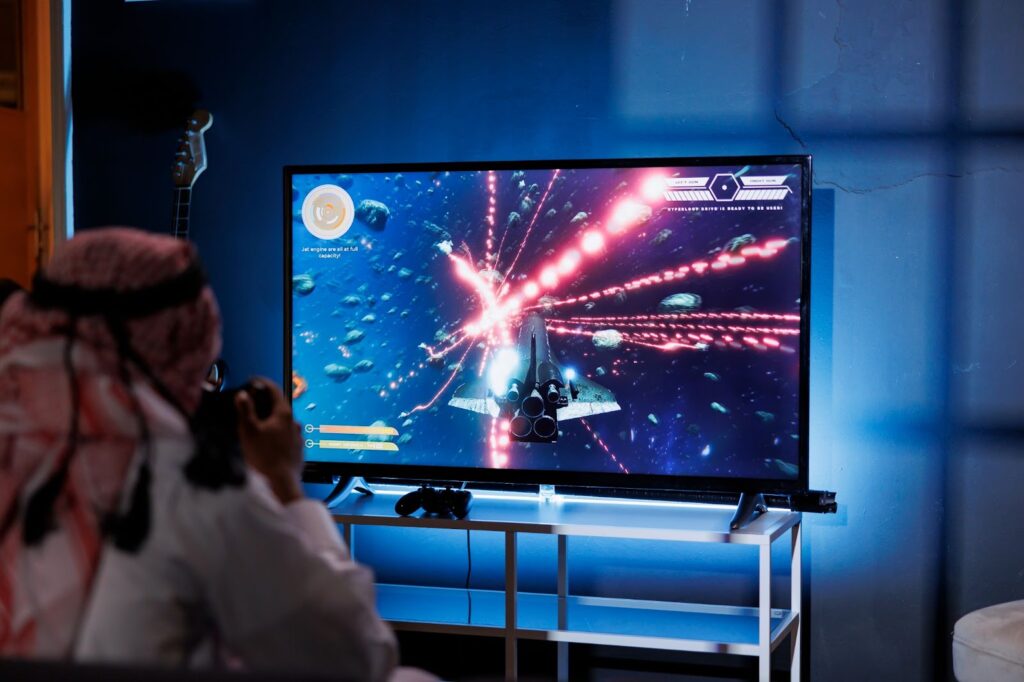
(II) Brightness
LED TVs shine in bright rooms, especially premium models with Mini-LED tech that deliver exceptional peak brightness for HDR (High dynamic range) content.
On the other hand, QLED TVs perform better in brightness levels, often exceeding LED TVs. This makes them a great choice for bright rooms and HDR content.
(III) Colour Accuracy
When it comes to colour accuracy, QLED delivers a wider colour gamut and more precise hues due to its quantum dot technology. As a result of this, you can enjoy richer, more vibrant colours, particularly in bright scenes.
LED TVs, however, offer vibrant and punchy colours too. Nonetheless, they may slightly oversaturate or lose subtle tones in shadows.
3. Viewing Angles
When you’re not sitting directly in front of the TV, the picture quality can change in terms of brightness, colour, and contrast. This variation is referred to as viewing angle performance.
This aspect is particularly important if your living room has wide seating arrangements. Therefore, let’s explore how QLED and LED displays perform in this regard.
QLED:
On QLED screens, you might notice a slight reduction in contrast and colour accuracy if seated at extreme angles, but the image typically remains bright and vibrant compared to LED. QLED is a good choice for multi-seat setups, where viewers might be scattered across the room, as it offers a more consistent picture than traditional LEDs.
LED:
LED TVs tend to lose colour accuracy and contrast when viewed from sharp angles. If you’re not sitting directly in front of the screen, the image may look washed out or faded.
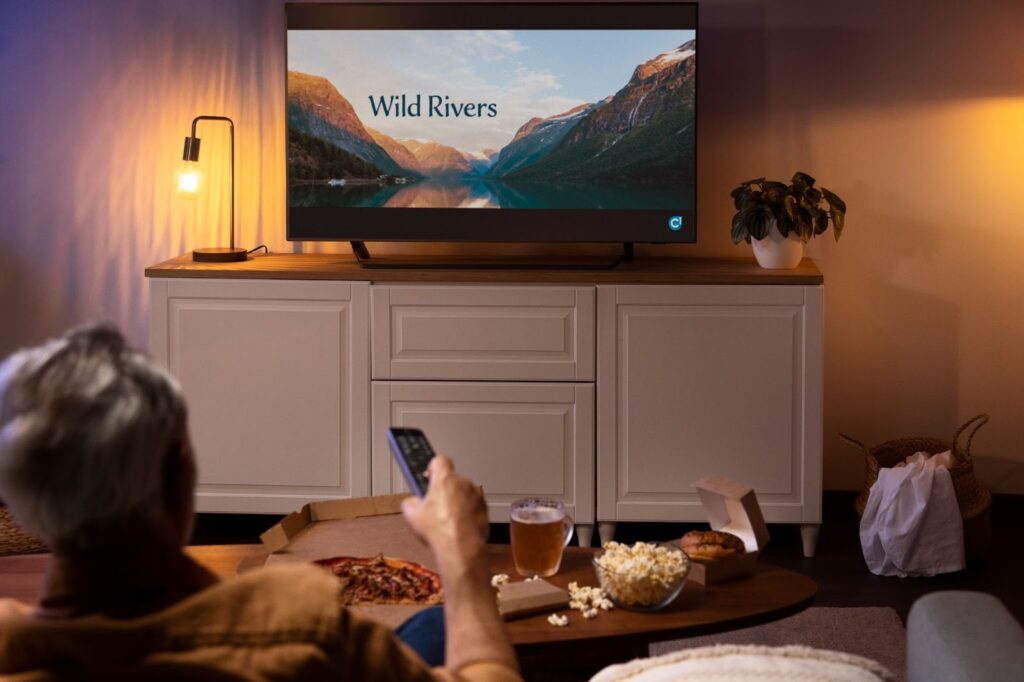
4. Motion Handling (For Sports & Gaming)
If you love fast-paced action, whether it’s a live football match, a racing game, or an explosive movie scene, it’s important to know how well your TV handles the motion.
QLED: QLED TVs generally offer better motion handling, especially in premium models with higher refresh rates (60Hz or more). They tend to deliver smoother action scenes, which makes them ideal for watching sports or playing fast-action games.
Many QLED TVs come with gaming features like low input lag, smooth refresh rates, and better sound timing, which makes games feel faster and more responsive.LED: LED TVs offer decent motion performance, especially models with features like motion interpolation or black frame insertion. However, since they rely on LCD panels with backlighting, some motion blur or ghosting may occur during fast action, especially in budget models. Still, they remain a solid choice for casual gamers and sports fans.
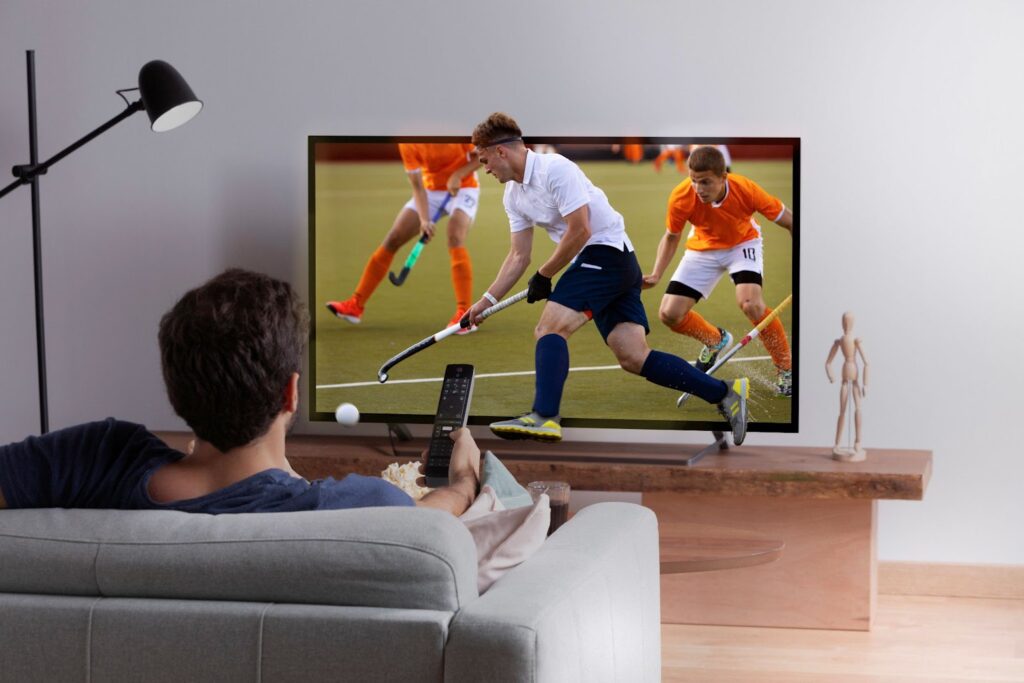
5. Burn-In Worries
Burn-in is when parts of the screen show faint, permanent marks or “ghost” images after displaying the same picture (like a logo or news ticker) for a long time.
QLED:
QLED TVs are not susceptible to burn-in. Since they rely on LED backlighting and quantum dots rather than organic materials, there’s no risk of permanent image retention.
It is also a great option for long-term use in scenarios where a static image is frequently displayed, which offers peace of mind.
LED:LED TVs don’t use organic compounds, so here, too, there’s no risk of burn-in at all. You can leave a static image on screen for hours or even days without any long-term damage. This makes LED a safe choice for those who often leave their TV paused on screens like news channels or menus.
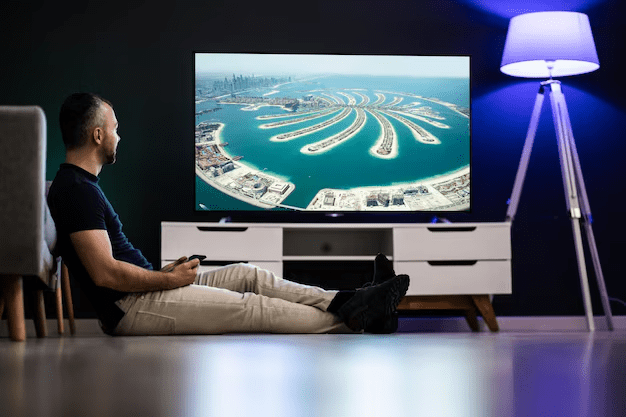
6. Lifespan & Durability
A TV is a long-term investment, so it’s smart to consider how long your screen will last and how well it holds up over time. Here’s how LED and QLED TVs stack up in terms of longevity and resilience.
(I) LED TV
LED TVs are known for their sturdy build and long lifespan. They do not rely on organic materials, which makes them durable for at least 8 to 10 years or more with regular use. Most importantly, they’re also less prone to issues like burn-in or pixel degradation.
(II) QLED TV
QLED TVs share a similar lifespan to LED TVs, often reaching up to 100,000 hours. They are also highly durable and resistant to screen burn-in. The quantum dots used in QLEDs are stable and long-lasting, which ensures consistent brightness and colour performance over time.
7. Price: Choose What Fits Your Budget
Your budget plays a big role when choosing a TV. While both LED and QLED have their perks, knowing the price difference helps you pick what’s right for you.
LED TVs: These are generally more wallet-friendly. A good quality 55’’ LED TV from a reputed brand (like Earthonic, Samsung, LG, or Sony) can cost anywhere between ₹35,000 and ₹70,000.
QLED TVs: QLED TVs come at a higher price point due to their enhanced colour technology and superior brightness. These models generally start at ₹50,000 for smaller sizes (43 inches) and can reach ₹1.5 lakhs or more for larger screens, depending on the brand.
8. Which One Is Right For You?
Making a choice between an LED and a QLED TV ultimately comes down to your personal needs, habits, and budget. Here’s a simple table to help you make a confident decision.
| Feature | Winner |
| For Black Levels and Contrast | QLED |
| For Brightness | QLED |
| For Viewing Angles | QLED |
| Colour Accuracy | QLED |
| Gaming | QLED |
| Price | LED |
| Burn-in Resistance | Both (Tie) |
Final Verdict
Choosing between an LED and a QLED TV isn’t as tough as it might seem. In the end, the decision relies on your individual preferences, as each technology has its unique advantages.
Ready to make a confident choice? At Earthonic, we’ve got you covered. Whether you want stunning clarity on a budget or the bold brilliance of QLED, our Smart TVs combine sleek design, powerful performance, and smart features—without the high price tag. Experience quality that fits your lifestyle and your budget.
Visit our store today to discover our impressive selection of LED TVs, including the Earthonic 55-inch 4K Ultra HD Smart LED TV. This model features 4K resolution and a 60 Hz refresh rate, along with built-in apps such as Netflix, Amazon Prime, and YouTube, all powered by the Android 11 operating system.
We also offer QLED TVs, such as the Earthonic 65” 4K Ultra HD Smart QLED TV. This model features a 60 Hz refresh rate and includes Vivid Digital Pro, Dolby Digital, and Audio Booster technologies. Additionally, it is equipped with 2GB of internal memory and delivers immersive audio with 40 watts of dynamic sound.
With Earthonic’s stunning smart TVs, your home is just a step away from becoming a mini theater. Upgrade your viewing experience today!

